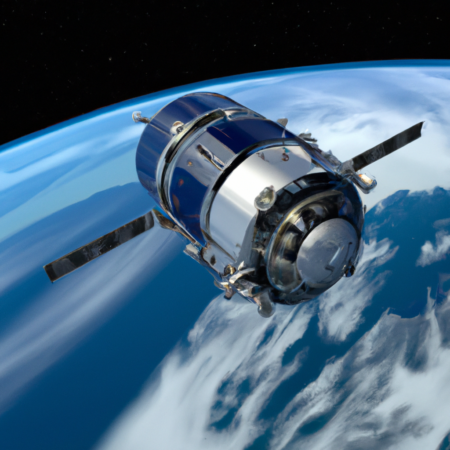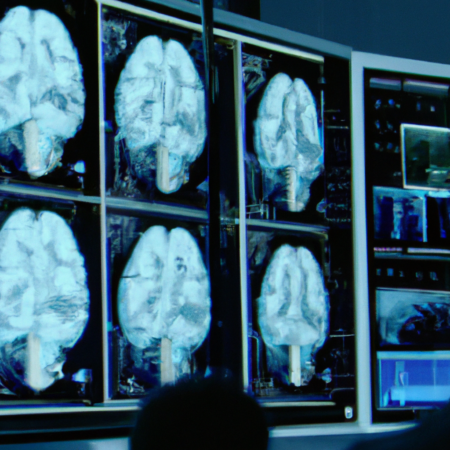Exploring the Nexus of Neuroscience and Mindfulness: Insights for 2025
As we step into the second quarter of 2025, the intersection of neuroscience and mindfulness continues to unveil transformative insights that reshape our understanding of the mind and its potential. This exploration not only deepens our grasp of mental health but also enhances our approach to wellbeing in a rapidly evolving world.
The Science Behind Mindfulness
Recent studies in neuroscience have demonstrated that mindfulness practices can significantly alter the structure and function of the brain. Techniques such as meditation are shown to increase the density of the hippocampus, known for its role in learning and memory, and to reduce the volume of the amygdala, associated with stress and anxiety responses.
Practical Applications in Daily Life
Mindfulness is no longer just a spiritual practice but a recommended therapeutic intervention. In 2025, it’s integrated into various settings from schools to workplaces, helping individuals to reduce stress, enhance focus, and improve emotional regulation.
The Future of Mindfulness and Technology
With the advent of advanced biotechnologies, the integration of mindfulness has seen a new frontier. Wearable tech now aids in monitoring mental states, providing real-time feedback to optimize meditation practices. Virtual reality experiences are also being used to simulate meditative environments, making mindfulness accessible to everyone, regardless of their physical location.
Conclusion
As we continue to navigate the complexities of the modern world, the synergy between neuroscience and mindfulness will play a pivotal role in fostering societal well-being. By embracing these insights, we can unlock a higher potential within ourselves and create a more resilient society.






